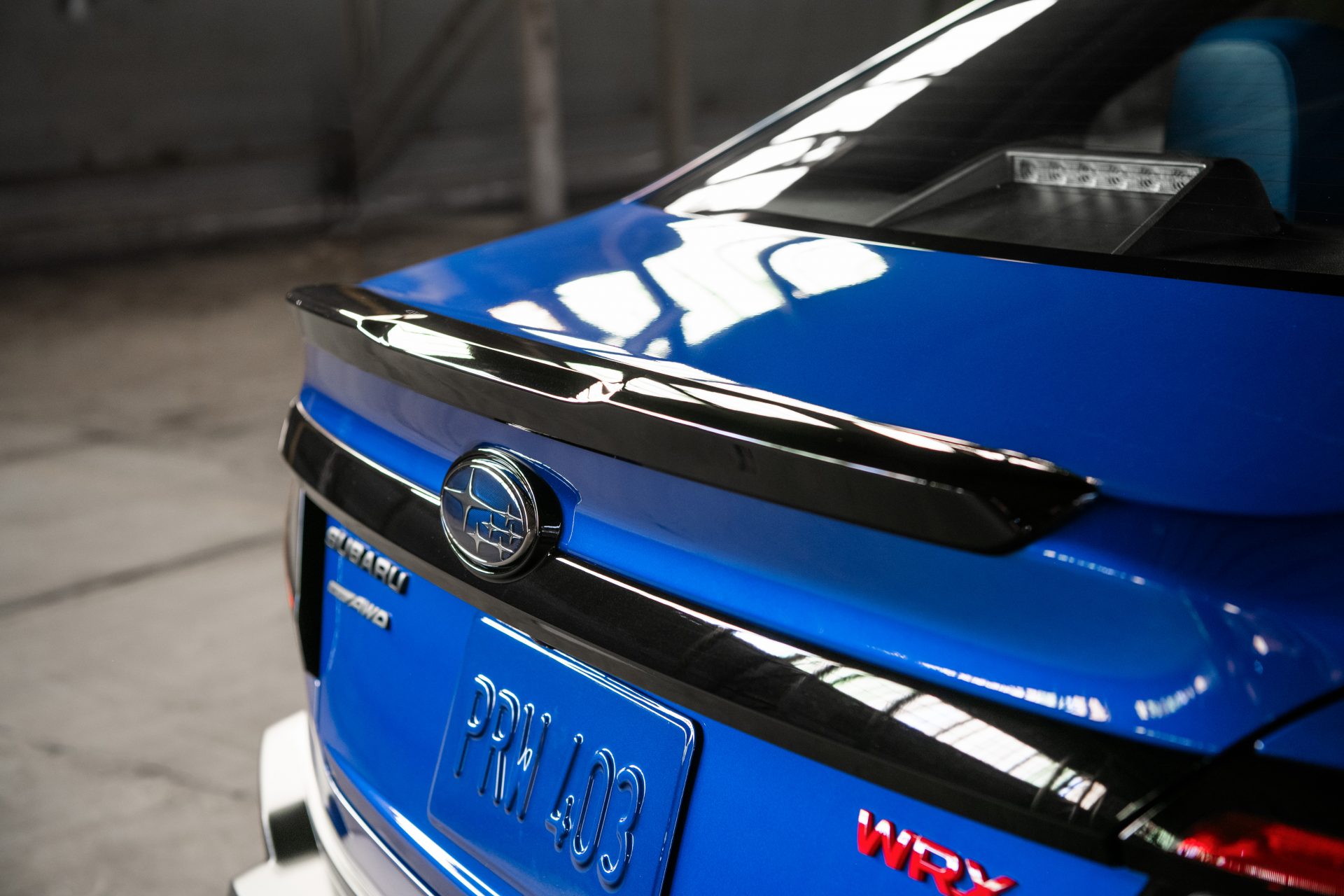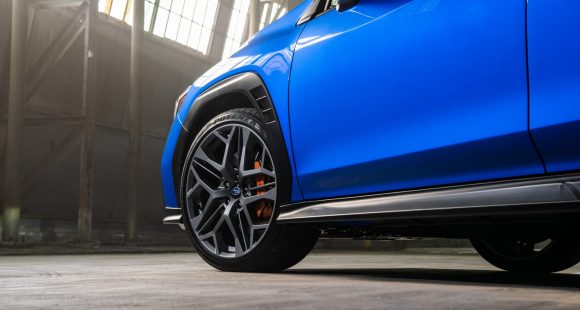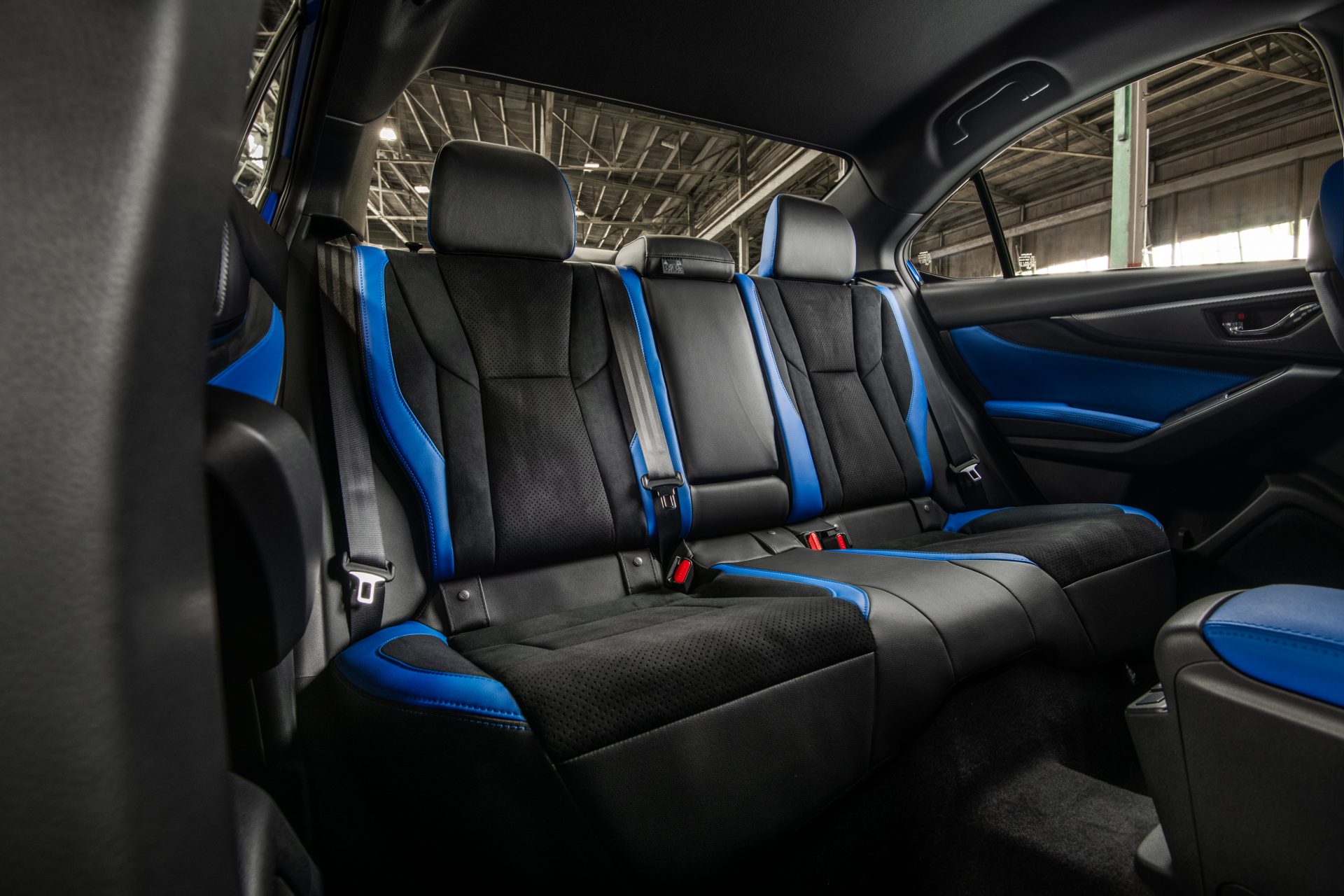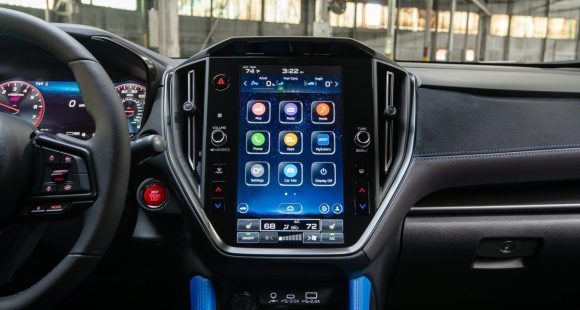2018 Alfa Romeo Stelvio
While the Giulia did a lot to cement Alfa Romeo’s place in the euro luxury-sport market here, these days no brand can really compete stateside without an SUV. And indeed, the Stelvio was always a part of Alfa’s return strategy to America. So, let’s take a look at this upstart utility and find out why more familiar European brands should be getting a little nervous.
The 2018 Alfa Romeo Stelvio is indeed the right vehicle at the right time, as even with luxury-sport brands, utility vehicles continue to take sales away from sedans. So it’s not just a good idea for this re-emerging Italian brand, it’s really a necessity.
And while no one may have seen that coming 20-years ago, it almost makes sense at this point; as car makers have been able to infuse utilities with the same amount of performance, comfort, style, and even efficiency as their 4-door siblings, while giving buyers more flexibility for carrying cargo.
Behind the wheel of this Italian two-row ute, things are very quiet and luxurious. It’s very stable; and like most of its competitors, drives more like a tall hatchback than a crossover-style utility.
Seats are more than comfortable, but if you don’t mind a sportier ride, upgrading to the Ti Sport will get you some phenomenal sport seats.
 For now, all Stelvio’s come with a smooth-running 2.0-liter turbo I4 engine. It offers best in class standard horsepower at 280, accompanied by 306 lb-ft. of torque. At full song, it sounds more like an exotic 6 or even 8. In opposite fashion from the Giulia sedan that the Stelvio is based on, we’ll have to wait a little while longer for the high-performance Quadrifoglio version to arrive.
For now, all Stelvio’s come with a smooth-running 2.0-liter turbo I4 engine. It offers best in class standard horsepower at 280, accompanied by 306 lb-ft. of torque. At full song, it sounds more like an exotic 6 or even 8. In opposite fashion from the Giulia sedan that the Stelvio is based on, we’ll have to wait a little while longer for the high-performance Quadrifoglio version to arrive.
Huge column-mounted paddle shifters are available to control the 8-speed automatic transmission with great precision; and if you ask for manual control, that’s what you get. All Stelvios are all-wheel-drive.
It doesn’t feel leaps and bounds more spirited than the competition, at least without having the opportunity to drive them back to back; but it sure does feel hellaciously fast and super capable. 0-60 is 5.4-seconds, and only a few ticks behind the Giulia 2.0.
Like Giulia, there’s a DNA drive mode selector. Leave it in Dynamic for the best results, and you won’t find the ride harsh at all.
Steering is quick, it feels planted and just right; with loads of grip for cornering.
 With Alfa’s Q4 all-wheel-drive system, the front wheels only are fed power when necessary, otherwise it operates as a rear-wheel-drive sportster.
With Alfa’s Q4 all-wheel-drive system, the front wheels only are fed power when necessary, otherwise it operates as a rear-wheel-drive sportster.
Now, Stelvio performs just fine in all other drive modes as well, it just kind of gives you the impression that’s not where it wants to be.
At 111.0-inches, wheelbase is exactly the same as the Giulia, but with a little more material outbound, overall length comes in about two inches longer.
For the most part it shares the same aggressive face, but lines are a little more pronounced, especially down the sides.
There are 9-different tire and wheel packages, ranging from standard 18s to 20s.
Even the back end treatment is gorgeous. We almost whish Alfa would have just called it a Giulia wagon, even though we all know to most Americans that would kill it.
 Base Stelvios come fairly well equipped, but most buyers will either travel down the Lusso or Sport road for upgrades that match their priorities; wood and nicer leather for the luxury-minded, aluminum trim for the sport-minded.
Base Stelvios come fairly well equipped, but most buyers will either travel down the Lusso or Sport road for upgrades that match their priorities; wood and nicer leather for the luxury-minded, aluminum trim for the sport-minded.
Like the Giulia, there are only minor traces of any Fiat-Chrysler lineage; materials and fit and finish are on par with European alternatives. It’s a very inviting space, with only a fussy electronic shifter to detract from the serenity.
Rear seat room is not plentiful, but certainly doable for two adults. Capacity in the cargo hold, at 18.5 cubic-ft. is decent, but short of most rivals. Folding the rear seatback will expand the space to 56.5 cubic-ft.
Also like the Giulia sedan, the Stelvio is technically mid-size, but lies more in the middle ground between compact and middle-weight SUVs.
Government Fuel Economy Ratings are 22-City, 28-Highway, and 24-Combined. For a reasonable Energy Impact Score of 13.7-barrels of yearly oil use with 6.0-tons of CO2 emissions.
Stelvio base pricing is a very reasonable $42,990, though options are many and costly. We figure most Stelvio’s will go for low to mid 50’s.
According to the folks at Alfa, there was no point in adding yet another utility vehicle into a congested pool full of very nice import and domestic-branded luxury crossovers; unless it was the most powerful, highest-performing vehicle in its class. The 2018 Alfa Romeo Stelvio is just that. It’s a fabulous effort. So, Alfa’s biggest challenge will be getting butts in seats to try it out. Once they do, Stelvio will sell itself.
Specifications
- Engine: 2.0 liter
- Horsepower: 280
- Torque: 306 lb-ft.
- 0-60 mph: 5.4 seconds
- EPA: 22 mpg city / 28 mpg highway
- Energy Impact: 13.7 barrels of oil/yr
- CO2 Emissions: 6.0 tons/yr
2025 Subaru WRX tS
Subaru’s “World Rally eXperimental” Gets Tecnica-Tuned Tech
Building on its global rally heritage, WRX has been a standalone Subaru nameplate, marketed separately from garden variety Impreza, for two generations now. And while the current WRX still lacks the full STI treatment, this WRX tS serves up some of that high-performance spice we’ve been longing for.
Before we go flat out into our Track Test of this 2025 Subaru WRX tS, lets open the Subaru dictionary so we’re all on the same page. “tS” stands for “tuned by STI;” and “STI” is an acronym for “Subaru Tecnica International,” the brand’s high-performance sub-group best known for upgrading the WRX— oh, that stands for “World Rally eXperimental,” in case you didn’t know.
All that said, STI has been largely dormant for this WRX generation, but this tS sprinkles more of their engineering magic into the mix. No, that doesn’t mean extra power, but does mean significant chassis-related improvements.
First, electronically controlled dampers, adjustable through the 11.6-inch tablet-style infotainment screen. That meant a softer “comfort” mode on the 10+ hour commute to and from Savannah’s Roebling Road Raceway. But once we were there, it was the firmer “Sport+” setting all the way, heightening response from the WRX’s throttle and already quick dual-pinion power steering system. There’s still some body roll for rally-esque weight transfer, but it’s well sorted and provides the “toss-ability” you want in a WRX.
Though if you do autocross your tS, which we implore you to do, you might feel the six-piston front, two-piston rear Brembo brakes first. The bite is strong, giving good rotation in the corners and plenty of “halt” for this 3,400 lb. compact with minimal fade, keeping us on track all week…until some unfortunate winter weather passed overhead. No worries here, as Subaru’s Symmetrical All-Wheel-Drive system got us to the track for some powdered deserts: Frosted donuts served up Michelin style, a set of winter tires different from the grippy Bridgestone Potenza S007 rubber the tS typically rides on. Some prior hot laps of California’s Sonoma Raceway gave credence to those Bridgestones, and showed us what this hot-compact can do in ideal conditions.
It’s well sorted and provides the “toss-ability” you want in a WRX.
Other tS enhancements are cabin-based, namely these beautiful blue Recaros. Most of our staff appreciated their moderately-aggressive bolstering on both street and track. And they’re even heated, too. Another tS-only appointment is this 12.3-inch digital gauge display. It mimics the standard analog gauges with some additional info, but can switch to a navigation mode for more convenient route guidance.
We do wish our tS came in the new Galaxy Purple or the trademark World Rally Blue, but this Crystal White paint wasn’t too shabby, contrasting its Cherry Blossom Red badging and blacked-out lip spoiler. Otherwise, the tS is like any other WRX, down to the hood scoop funneling air to the top-mounted intercooler.
Underneath is the same turbocharged 2.4-liter flat-four in all other trims, boxing at 271 horsepower and 258 lb-ft of torque. The freak winter weather stopped straight-line testing, but a 0-60 time estimate of 5.5 seconds is about as spry as you realistically need, pulling strong through most of the tach; though the 6,000 RPM redline required attentive shifting of the six-speed box, which the tS comes exclusively with. The throws are precise, if a little long, and the clutch is wonderfully weighted.
With discontinuation of the Base trim, pricing for the WRX now starts with Premium at $36,920. The tS is at the top of the lineup with the automatic-only GT, both starting at $46,875. All WRXs continue to be made in Gunma, Japan.
If you’re an enthusiast itching to do the tuning yourself, perhaps the 2025 Subaru WRX tS is not for you. But if you want a plug-and-play experience, this is it. While it won’t exactly bestow the loose-cannon, top-level driving skills exhibited by famous WRC drivers upon you, the tS moves this WRX’s game in a direction we’ve so desperately wanted Subaru to take.
Specifications
As Tested
- Engine: 2.4-liter flat-four
- Tranmission: 6-speed manual
- Horsepower: 271
- Torque: 258 lb-ft











































